1. What is First Class Mail?
The first-class cabin mail may sound like the essence of crops; to some extent, it is. But it’s not the same thing as priority mail. The first type of mail is used to send letters, thick envelopes, filled envelopes, and lightweight packages. Compared to the highest level of mail, messages are considered to be of the highest level:
Journals, magazines, and newspapers were printed more than four times a year.
Third level mail: Marketing mail, flyer, mail, etc.
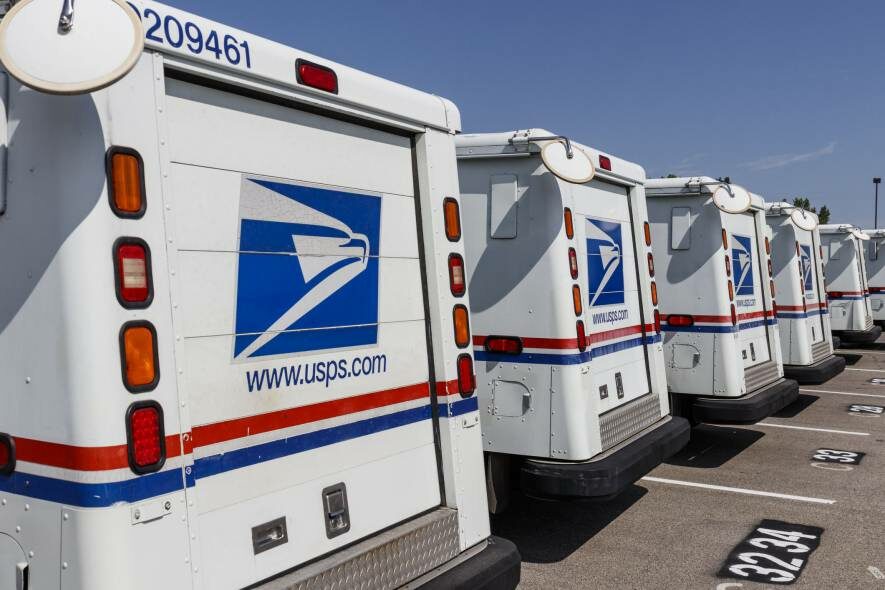
Level 4 mail: media mail (CD, vinyl records, DVD, books, including eight or more pages of bound printed media)
Shipping T-shirts: shirts, mainly T-shirts, are a right choice for delivery with first-class mail. They are lightweight and durable. Try using aggregate postman to reduce the extra cost.
2. What is the Priority Mail?
Priority mail describes USPS’s standard air service mail option to deliver packages or envelopes within one to three working days. The cost depends on the weight of the box and the area of the package’s destination.
Priority mail also has a fixed rate option that allows any package up to 70 pounds to be sent at the same rate, regardless of the content. The uniform rate for priority mail does not need to weigh the package, nor does it need to calculate the freight based on the package’s weight or destination.
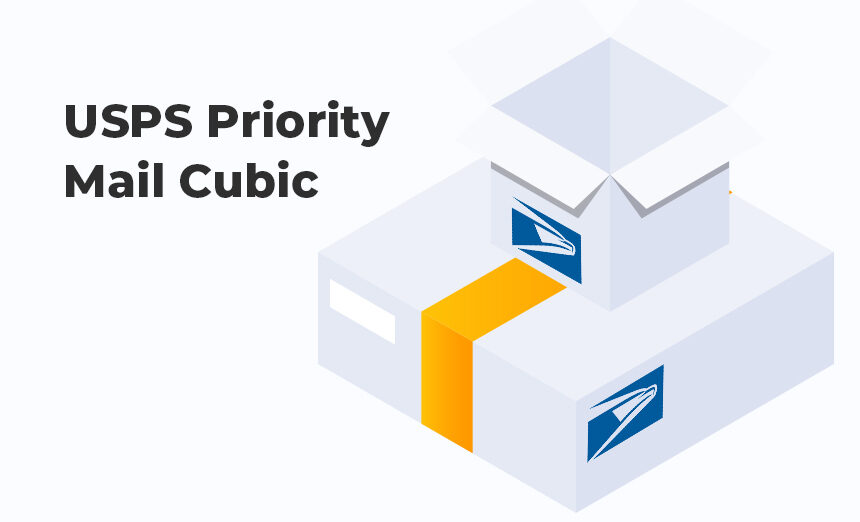
Instead, boxes and envelopes of different sizes can be delivered at the post office or home. Customers pay for shipping based on the size of the box they choose, not the box’s weight or the distance the package is transported.
Priority mail express is an additional shipping option that guarantees overnight delivery and optional signature requirements.
Priority mail is a kind of USPS mail, and it is also their first-class mail. Priority goes to sea. It delivers packages faster than first-class mail and allows heavier packages (up to 70 pounds).
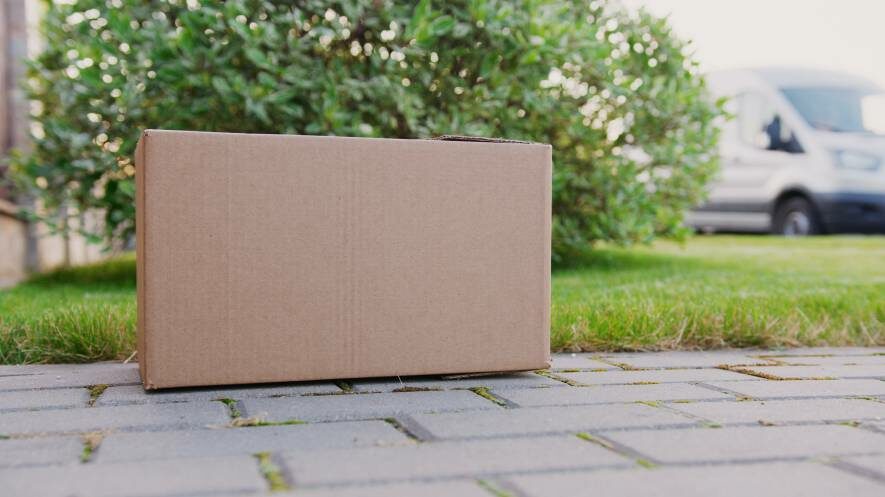
Internationally, this is advantageous because it usually significantly reduces transportation time. Because of this, it’s a little more expensive than first-class mail. Ups and FedEx are also closer to priority.
However, for packages weighing less than 10 pounds, it is often more economical than UPS or FedEx. This is usually because USPS vehicles pass through the address every day.
Smaller packages that can be packed in a mailbox are generally economical. If a package’s size/weight requires delivery drivers to leave their vehicles and are too large to fit into their delivery bags, prices can rise rapidly.

Shipping shoes, shoes almost always use priority mail (unless they weigh less than 16 ounces). Check to see if the fixed-rate option offers a discount over standard priority mail packaging.
3. Max Dimensions and Weight
USPS class I mail is usually used for smaller, lighter packages, and its insured value is not high. Items over 1 pound and / or entities of higher value work better in priority mail.

4. Max Default Insurance Coverage
One of USPS Priority mail’s main advantages is that it includes coverage if a package is lost or damaged in transit. First-class mail does not provide default coverage, but priority and first-class mail can pass through USPS or third-party providers.
The advantage of priority mail over first-class mail maybe insurance, including insurance, to compensate for lost or damaged packages in transit. Unlike priority mail, there is no default coverage for first-class mail.
Priority mail provides $100 insurance for domestic goods and $200 for international transportation. Fortunately, you can purchase additional insurance through USPS or a third-party service provider.

5. Price Comparison
First-class mail is a more economical delivery option than priority mail. When a package is available in first-class or priority, priority mail usually pays an extra $3.00 per box.
If you want to know the freight details you can get, please check. These rates are free for any shipstation user Stamps.com Account access. As with all USPS costs, pricing is subject to change. Priority mailing costs depend on the weight and size of the package and the destination of the box.
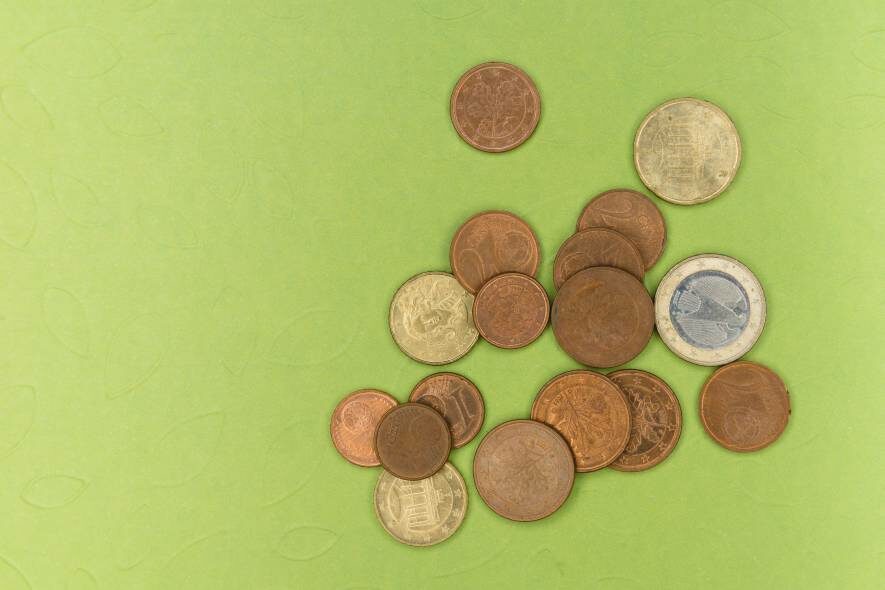
Destination costs are calculated by region, so the farther the goal is from the origin, the more expensive the freight will be. On the other hand, the priority mail fixed-rate service’s price structure is based on the size of the fixed-rate box you choose.
The smallest size envelope’s uniform price is $6.70; the price for the largest box is $17.40.
6. Delivery Times
Priority mail is our best selling mail service. Domestic delivery time is 1-3 working days. It depends on where your package starts and goes. Including tracking and insurance, delivery boxes, and envelopes are free, priority mail flat rate?
You don’t need to weigh 70 pounds or less. Buy priority mail, postage, and shipping labels at the post office or online. Both first-class and priority mail have a one to three-day domestic address delivery window.
The mail area determines priority for one, two, or three days. According to postal services, first-class international express delivery varies from destination to destination.
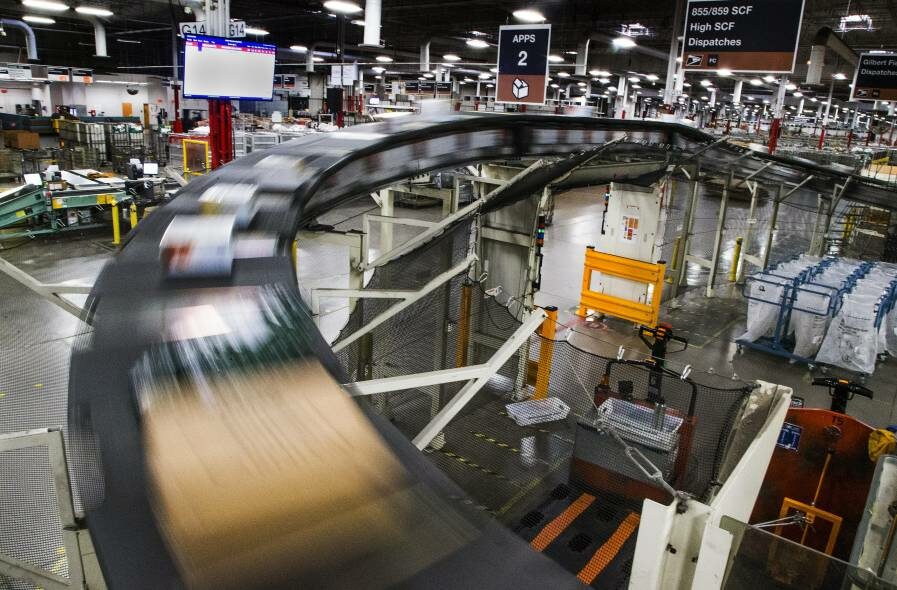
International priority mail to any of the 180 countries is usually faster because it takes only 6 to 10 working days. Neither service has a guaranteed delivery date or a specific delivery time frame.
The U.S. Postal Service announced that priority mail and first-class parcel service goods might take longer to reach due to reduced domestic transportation availability.
These changes to domestic mail grades’ delivery time will take effect today (April 17, 2020). USPS Priority mail is a two-day and three-day delivery promise and has been extended by one to three days and four days, respectively.

Priority packages with local one-day delivery commitment will remain unchanged. Customers using priority mail express will still receive standard end-to-end tracking.
USPS Priority Mail Express is a priority mail delivery, and the time will not change; customers can even expect one to two days’ delivery.USPS’s first-class package service I always the first-class package that promises two-day and three-day delivery.
The boxes have been extended by one to three days and four days, respectively. For a complete list of all USPS service changes and international service interruptions, please visit the coronavirus update page of the stamp website.
7. Features and Benefits
While priority mail costs more than first class, USPS includes free tracking, free pickup, and up to $50 insurance free. Forwarding and return services are also free.
Special priority email boxes, labels, and envelopes are free of charge at any post office or delivered to your home or business online through USPS stores.
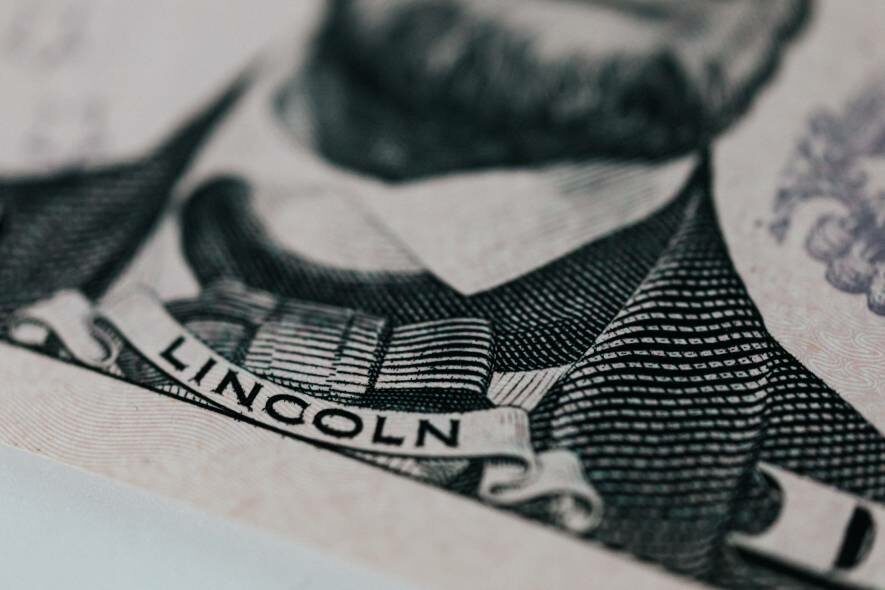
Best in class mail options, such as forwarding, address correction, and tracking, must be purchased in full. Both services can include delivery confirmation, proof of mailing, and additional costs to prevent loss or damage.
8. When to use First class mail or priority mail
This needs to be analyzed in detail. Sending mail is a significant part of running a business. But it’s not enough to write a great sales letter and put it in the mailbox.
It’s essential to know how to send it because the service you choose will affect the amount you pay and whether you know if it has reached the recipient. Therefore, before sending the next batch of letters, determine the main differences between first-class, priority, and authentication messages.
First-class mail is if you send a letter or small package of 13 ounces or less, first-class mail is the cheapest choice. For this reason, many businesses choose this service, whether they are sending bills, invoices, personal letters, cards, or small parcels.

This kind of mail usually arrives in one to three days. Priority mail is to send your mail package with priority mail, no need to weigh or calculate a fixed fee.
Like first class, the recipient can receive the email within three days, although priority mail can even get there overnight. One of the benefits of priority mail is that if you charge an extra fee, you’ll get a receipt that shows that the recipient received the message.
Therefore, if you have a massive package to mail and choose signature confirmation, priority mail may be the right choice. Priority mail express is to increase the probability of your mail reaching the destination quickly.
Please consider paying for priority mail express. This quality service guarantees overnight delivery, with limited exceptions, to most U.S. addresses 365 days a year.
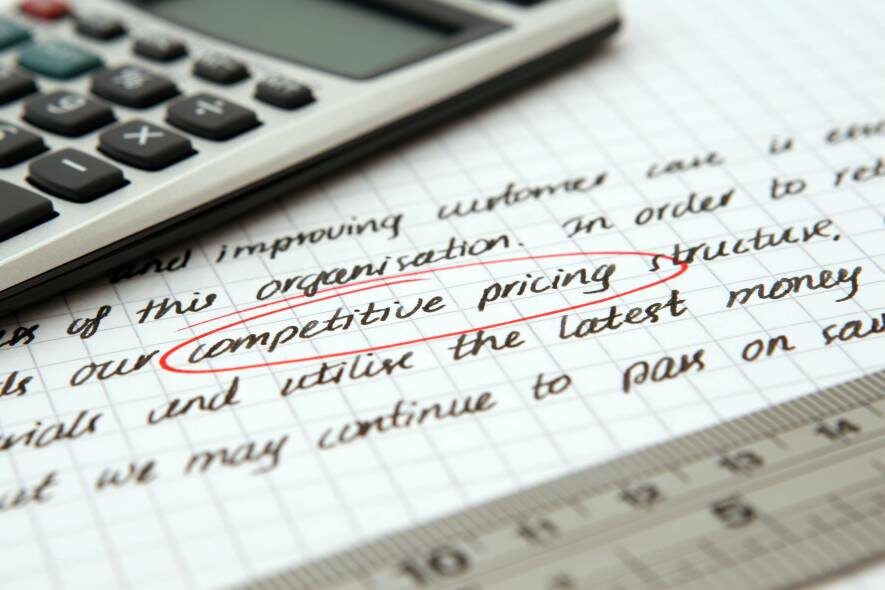
If your package cannot be delivered overnight, you will be eligible for a full refund. Priority mail delivery also comes with carrier insurance and signature confirmation at no additional cost. Certified mail
Another way to ensure that the recipient receives a letter or package is to send it as certified mail. This option applies to first-class and priority mail, and the cost is lower. This service requires recipients to sign their messages.
Then you get a mail receipt to prove that they have received it, which is helpful and sometimes even necessary for essential documents. Please note that certified mail has been sent with other mail types, so it often does not arrive at any packages and letters that are more than first-class or priority.
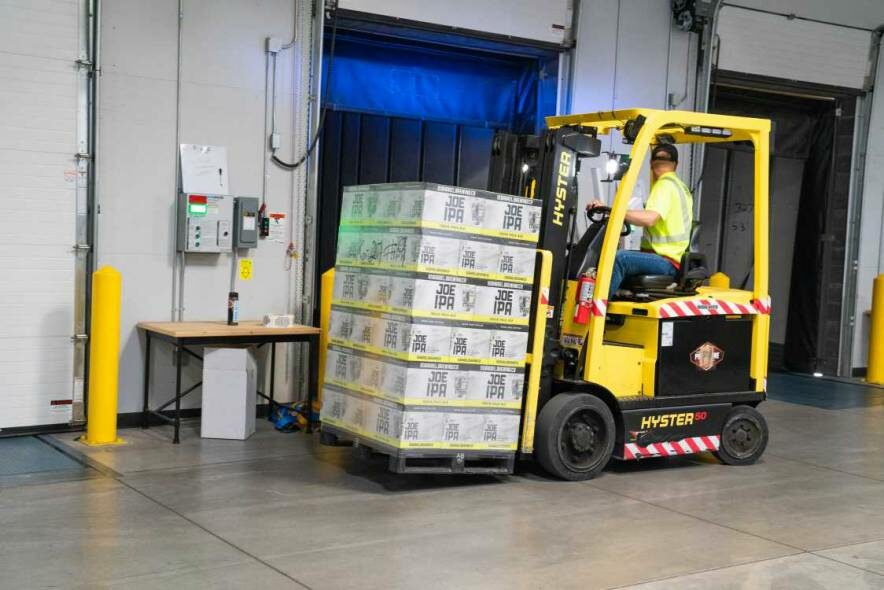
Whether you plan to send mail to first-class, priority, priority, express, or certification, you can benefit from some help with the mailing business.
When you come to Milhouse for help, you can use a user-friendly application, many options for sending business mail, and easy online email tracking. Contact us is about to start today!
First-class mail and priority mail are two popular services of the United States Post. Understand the key differences and when to use each of the following.
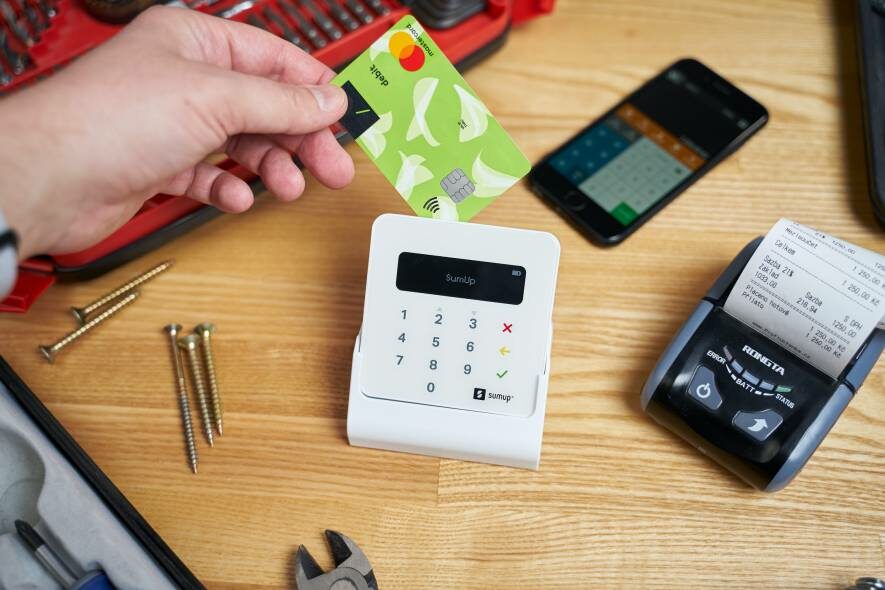
The U.S. Postal Administration (USPS) is the most popular messenger solution for e-commerce businesses. They offer a variety of options for domestic and international shipping.
The following guide outlines the difference between two common USPS shipping options, first-class, and priority mail. As an e-commerce enterprise, you should consider several factors before accepting either of the two delivery options.
Costs and delivery schedules can be critical factors in determining the delivery options you choose.
Nevertheless, read the detailed priority difference with first class. Distinguishing between first class mail and priority mail will make it easy for you to choose delivery options.

First-class mail is affordable and maybe the easiest way to send lightweight packages such as letters and envelopes. Compared with second-class, third-class, and fourth-class, it is considered to be the top-level shipping option.
Second class mail is the best choice for sending magazines, newspapers, and periodicals. Third class suit flyers, mail, and marketing mail, while level 4 mail is the best media mail, including vinyl records, books, DVDs, CDs, and other bound print media with more than eight pages.
On the other hand, priority mail is the USPS’s priority sending option. This is the best choice for e-commerce companies that want to send packages faster.
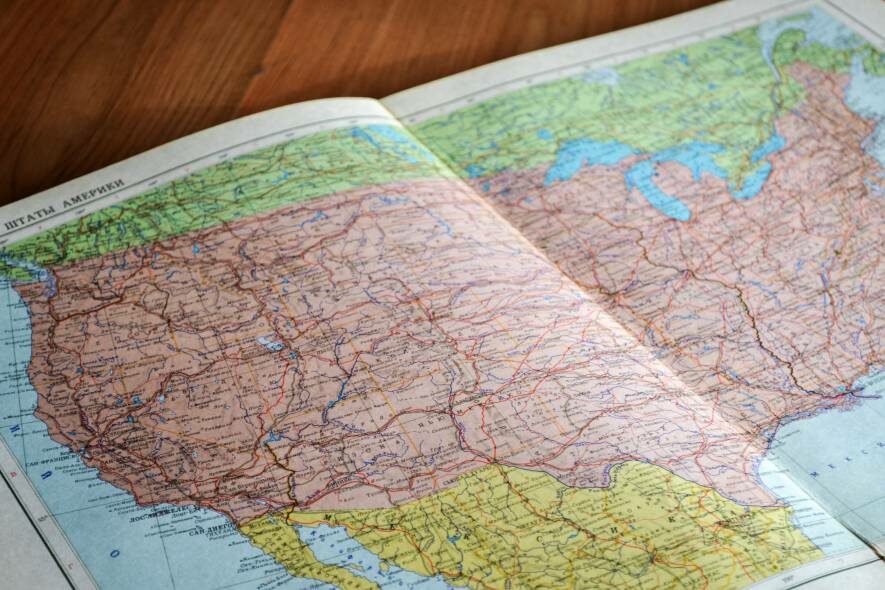
Besides a faster choice of mail than first class, it also allows for heavier packages, up to 70 pounds. Priority mail is a better option for sending international parcels than priority mail because it dramatically reduces delivery time.
However, due to the short delivery time, it is much more expensive than first-class mail. In addition to USPS Priority mail, priority mail is closer to FedEx and UPS transportation services than first class.
However, first-class mail is more economical than FedEx and UPS pricing models, especially for packages weighing less than 10 pounds. The choice between first-class and priority mail comes down to several factors.

USPS First class mail is a cost-effective transportation option for sending packages under 1 pound, especially for printed or handwritten letters, postcards, thick/large envelopes, brochures, and straightforward bills.
Priority Mail will be a better option if you send heavier or larger packages that you want to deliver faster. You will have the additional benefits of free tracking and insurance with this option as well.
9. USPS shipping with Post Pony
USP combined with pony post is more valuable. The U.S. Postal Service regularly increases postage to keep pace with inflation.
Still, since the latter is based on distance, customers usually spend less on first-class delivery than on priority mail. According to USPS, a 13 ounce, 9 x 12-inch envelope will be sent in first class in Pittsburgh by Wednesday afternoon and will arrive in Philadelphia, Pennsylvania, on Saturday, at the cost of $3.52.
The same envelope sent priority mail for two days will cost $7.15 in your packaging or $6.70 using the priority mail envelope at a fixed rate at the time of publication.
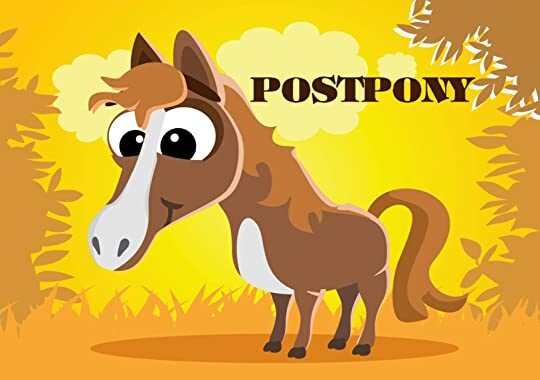
A 13-ounce package will cost $5.50 in first class, $7.15 in two-day priority mail service, or $7.20 in priority mailbox rate boxes. These cost differences are more obvious when dealing with international shipping.
While priority mail costs more than first class, USPS includes free tracking, free pickup, and up to $50 insurance free. Forwarding and return services are also free.
Special priority email boxes, labels, and envelopes are free of charge at any post office or delivered to your home or business online through USPS stores.

Best in class mail options, such as forwarding, address correction, and tracking, must be purchased in full. Both services can include delivery confirmation, proof of mailing, and additional costs to prevent loss or damage.


